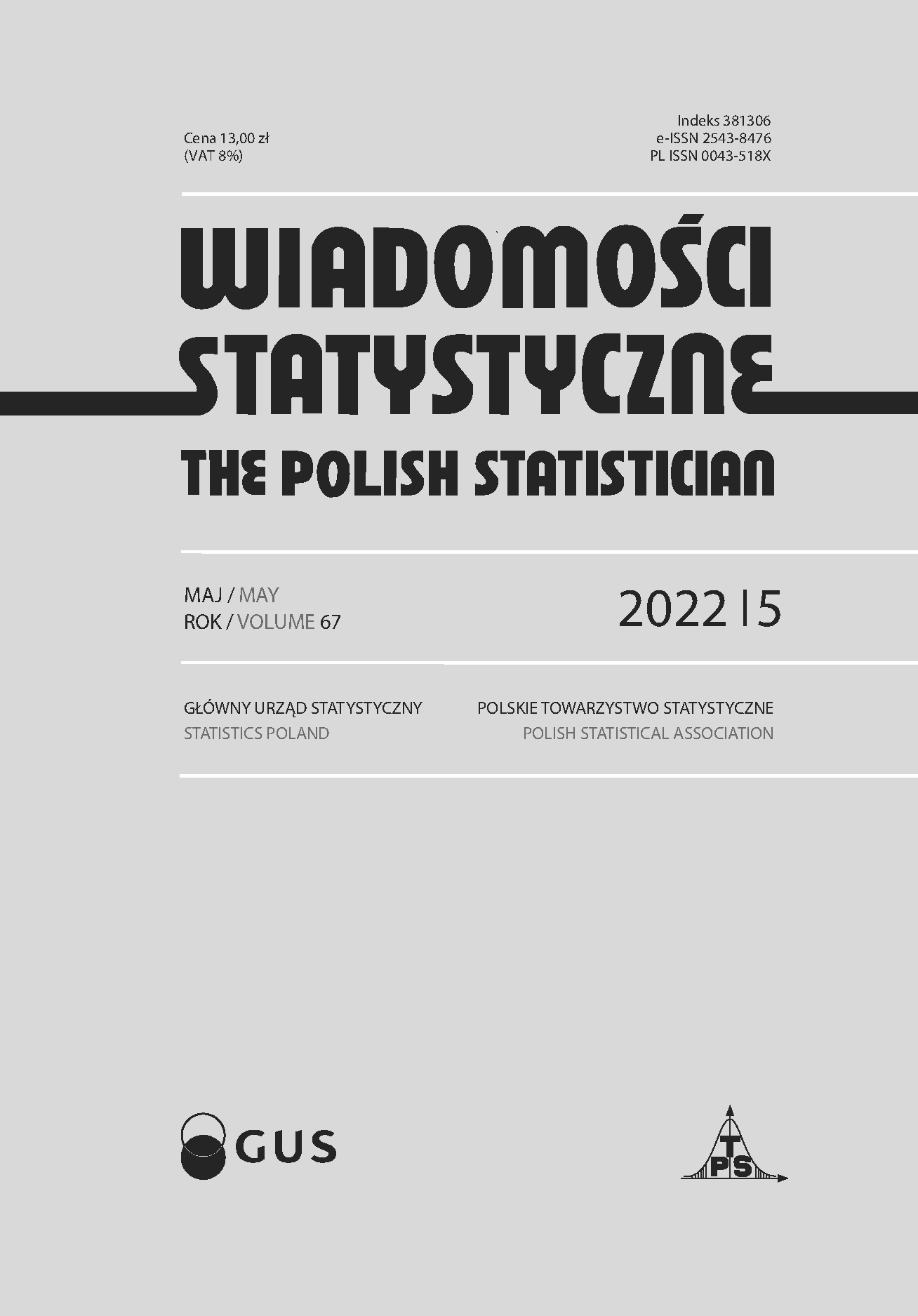Ewolucja pruskich spisów ludności w latach 1840–1910: metodyka, zakres, znaczenie i problemy
Evolution of Prussian censuses in the years 1840–1910: methodology, scope, importance and problems
Author(s): Dariusz K. ChojeckiSubject(s): History
Published by: Główny Urząd Statystyczny
Keywords: censuses; Prussia; Germany; 19th century; Polish-speaking population; Kashubian-speaking population
Summary/Abstract: The censuses carried out by the Royal Prussian Statistical Office in Berlin are of particular importance for the historical research of the 19th century population in Prussia, including the lands largely inhabited by people who spoke Polish or Kashubian. Nevertheless, these censuses were not discussed in greater detail. Attention was mainly focused on the reliability of the censuses organised until 1840, and subsequently on matters related to the statistics of the mother tongue. The aim of the article is to show the evolution of the method of census taking, data processing, features implementation and the presentation of the results in the years 1840–1910, with particular emphasis placed on the census of 1871 and its reception among the society, mainly on the Polish lands under German rule. The research is largely based on the monumental Preussische Statistik (Statistics of Prussia), which contains the census documentation and comments provided by provincial authorities. Moreover, normative sources and older studies were used in the study. The article proves that censuses in general evolved until 1871, and then only the studied content featured changes which were discussed and assessed. A revolution in data management was brought by the use of A cards in 1871, which made it easier to perform complex statistical groupings for selected demographic characteristics. The implementation of new solutions was accompanied by the introduction of the principle of self-enumeration. It encountered obstacles, however, especially in the eastern provinces of Prussia, which is primarily associated with the level of education and the knowledge of the German language among the population, mainly its Polish-speaking members. The results presented in the article should prove useful to historical demographers, and social and economic historians.
Journal: Wiadomości Statystyczne. The Polish Statistician
- Issue Year: 67/2022
- Issue No: 05
- Page Range: 43-90
- Page Count: 48
- Language: Polish

